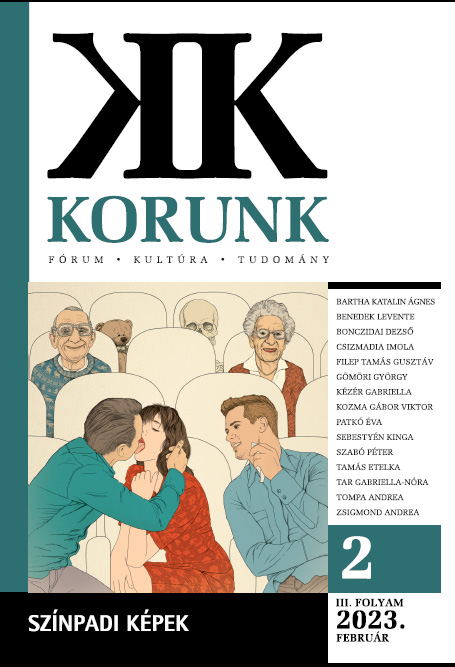Színház a színházról. A színész és mestersége Johann Baptist Hirschfeld Jugendfleiß (1825) című temesvári kéziratos vígjátékában
Theatre about the Theatre: The Actor and His Craft in Johann Baptist Hirschfeld’s Temesvár (Timișoara) Manuscript Comedy Jugendfleiß
Author(s): Gabriella-Nóra TarSubject(s): Theatre, Dance, Performing Arts
Published by: Korunk Baráti Társaság
Keywords: Johann Baptist Hirschfeld; Temesvár (Timișoara); theatre in the theatre; home and professional children’s theatre; performing arts guide
Summary/Abstract: The comedy Jugendfleiß by Johann Baptist Hirschfeld, an actor and playwright from Sopron who later worked in the Bánság (Banat) region, was performed in Buda in 1825 and 1826, and in Temesvár (Timișoara) in 1828; the transcript of the manuscript was published by Horst Fassel in 2011 in Kolozsvár (Cluj). The one-act comedy fits into the tradition of dramatic texts that follow the structure of “theatre in the theatre” and also to talk about theatre as an art form. The beginnings of this tradition in world literature can be found in the 4th century Sanskrit play Shakuntala by the Sanskrit author Kalidasa, and its best-known example in German is found in Johann Wolfgang Goethe’s Faust, Vorspiel auf dem Theater. In this tradition, Hirschfeld's work functions as a kind of theatrical guide, or a collection practical knowledge. On the one hand, by analyzing the textual layers of the comedy intended for the stage, the study shows that it interweaves Enlightenment comedy, children’s plays for home performance, and the tradition of professional theatre employing child actors. On the other hand, it examines the scenes of the play in which the actors on stage discuss the characteristics of the performing arts, such as the representation of characters on the stage, the actor’s presence of mind or the theatre’s uniform use of language.
Journal: Korunk
- Issue Year: 2023
- Issue No: 02
- Page Range: 3-9
- Page Count: 7
- Language: Hungarian

